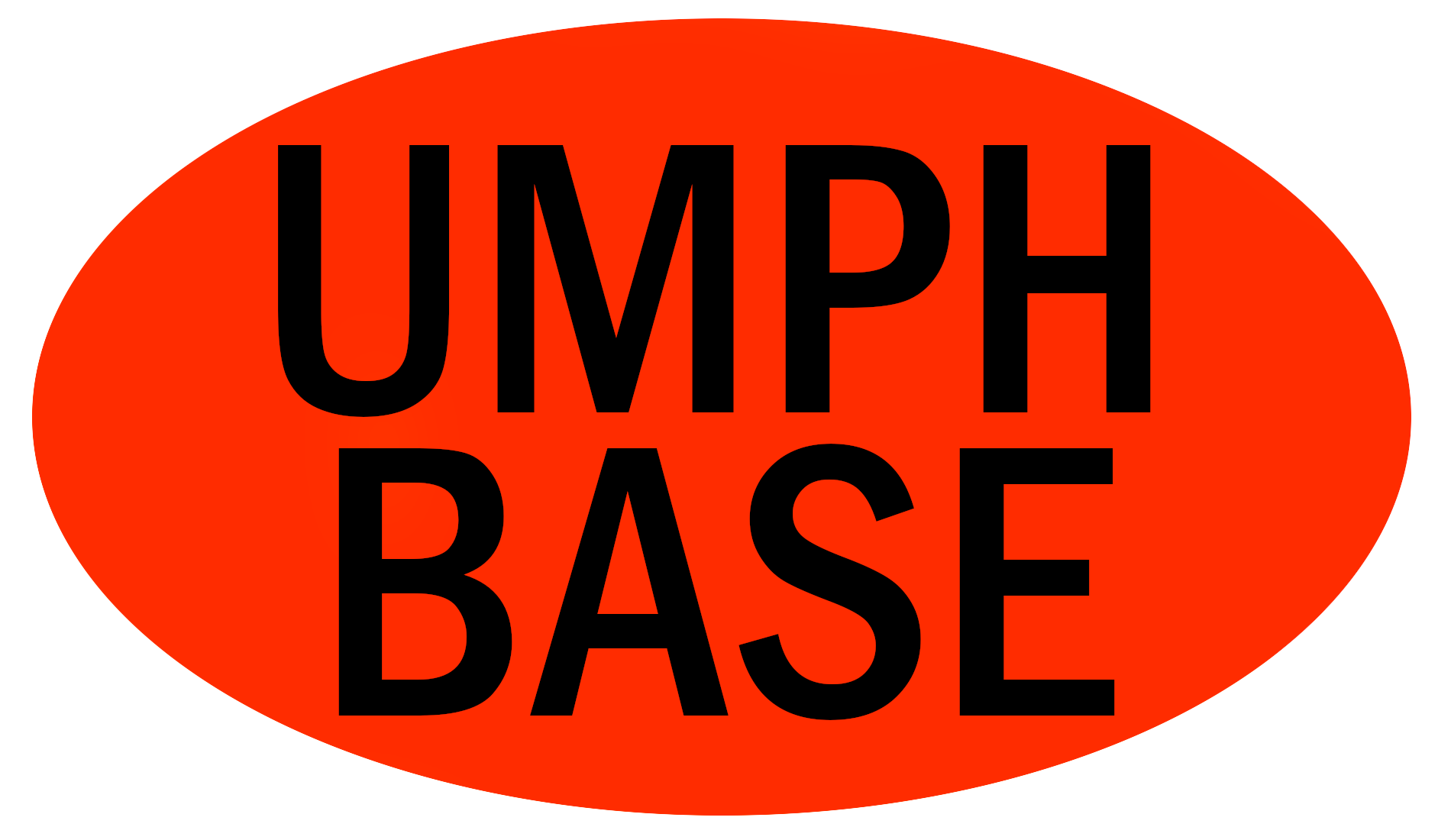[This site is under development]
The following is the README.md from the project GitHub page
All Things Umphrey’s (ATU) is the static website which maintains setlist data for Umphrey’s McGee. This project provides functionality to scrape setlist data from ATU and compile a Deadbase-style book affectionately referred to as Umphbase.
Initially, Selenium and Beautiful Soup were used to scrape the data from the site. However, in June of 2021, a new version of ATU was released which provides an API to access the site’s data. Read more about the transition here. The TL;DR is the new version is based on a setlist engine called Songfish by Adam Scheinberg.
Installation (v1.0.0)
First, clone the repo and naviagate to the directory containing files related to Umphbase v1.0.0.
git clone https://github.com/henryrobbins/umphbase.git
cd umphbase/v1.0.0
The last web-scrape from the old version of ATU is located in
atu_pull_2020. Umphbase v1.0.0 is created with
LaTeX. The compilation of the book
requires two steps: generating the .tex files and then compiling them.
Generating the .tex files can be done by running the jupyter notebook
compile.ipynb or from the commandline:
pip install runipy
runipy compile.ipynb
Lastly, use your favorite LaTeX compiler (like Texmaker) to compile umphbase-v1.0.0.tex.
Generating the .tex files and compiling them takes about 10 minutes and
30 seconds respectively on a MacBookPro 11.4.0 (16GB, 2.6GHz). For this reason,
the PDF is pre-compiled.
Installation (v2.0.0)
Umphbase v2.0.0 is currently in the works. The commands below clone the repo and then pull the latest setlist data from the ATU database via the API (v1). The book compilation component of v2.0.0 is under development.
git clone https://github.com/henryrobbins/umphbase.git
cd umphbase
python pull.py
python clean.py
MySQL Database
Pulling and cleaning the data from ATU can be a little time-consuming.
Alternatively, you can download a .sql file which is regularly updated.
Instructions for downloading the .sql file and creating the MySQL database
are given below.
shell> curl https://umphbase-bucket.s3.us-east-2.amazonaws.com/umphbase.sql.gz --output umphbase.sql.gz
shell> gzip -d umphbase.sql.gz
shell> mysql -u [user] -p
mysql> CREATE DATABASE umphbase
mysql> USE umphbase
mysql> SOURCE umphbase.sql
Using upload.py, the pull from ATU can be pushed to a MySQL database. You can connect to the database in multiple different ways. An example of each of the three methods is given below.
Method 1: Pass the arguments directly to the script
python upload.py --path atu_cleaned --method args \
--host [host] --database [database] --u [user] -p [password]
Method 2: Have the script prompt you for the arguments
python upload.py --path atu_cleaned --method prompt
Connect to a SQL database.
Host: [host]
Database: [database]
User: [user]
Password: [password]
Method 3: Store the arguments in a JSON file
python upload.py --path atu_cleaned --method json --json credentials.json
# credentials.json
{
"host": [host],
"database": [database],
"user": [user],
"password": [password]
}
This functionality is made possible using Amazon Web Services (AWS). To learn more about how AWS is used and get instructions on hosting your own endpoint, see the README in the aws directory.
License
Licensed under the GPL-3.0 License
